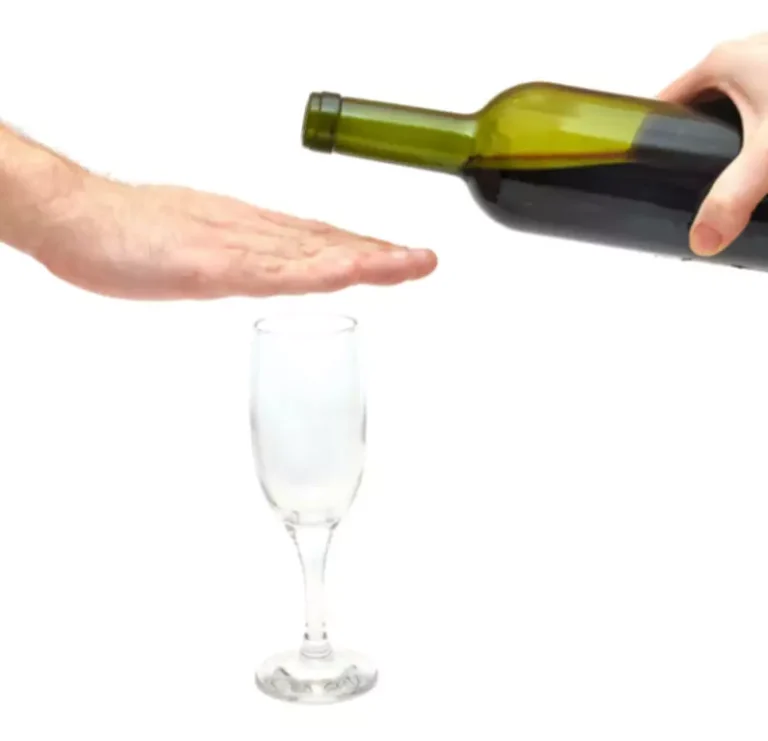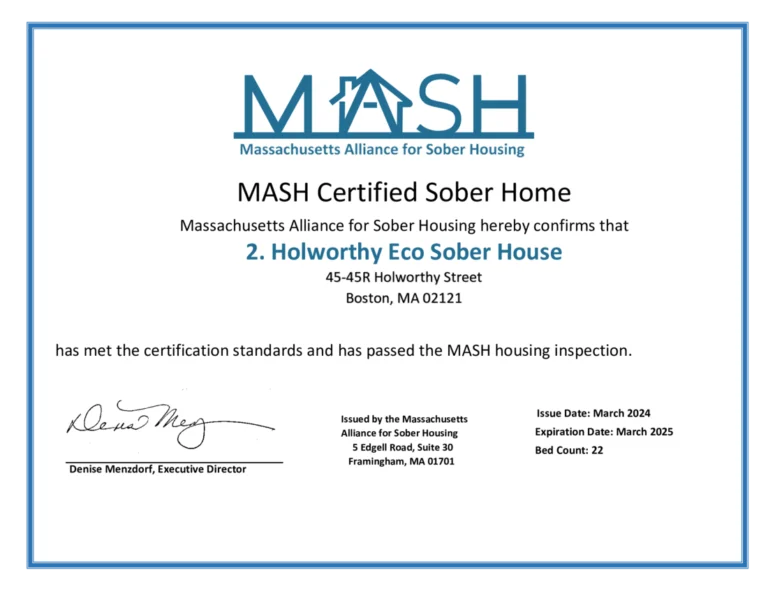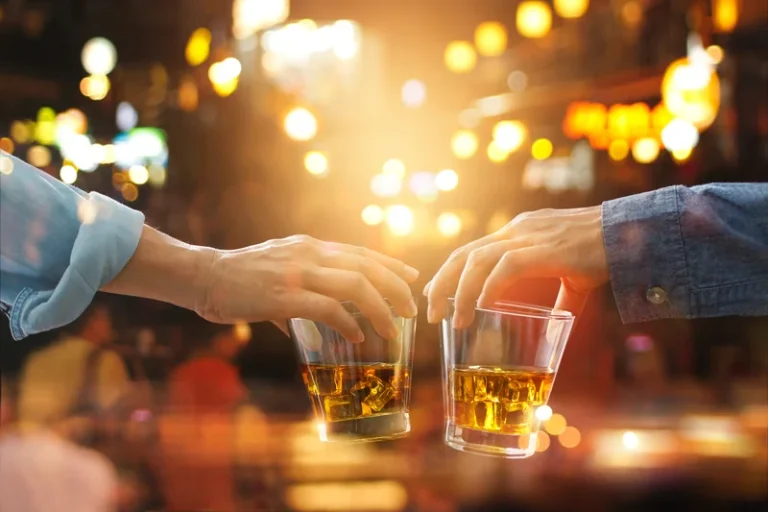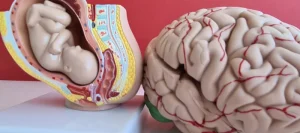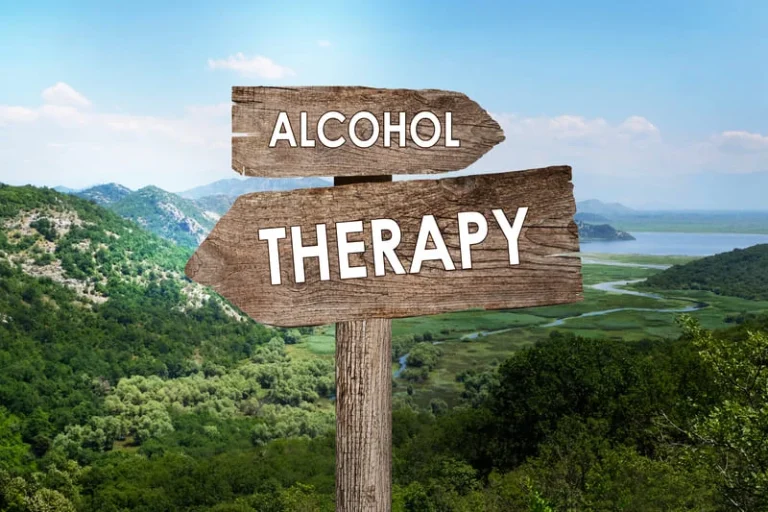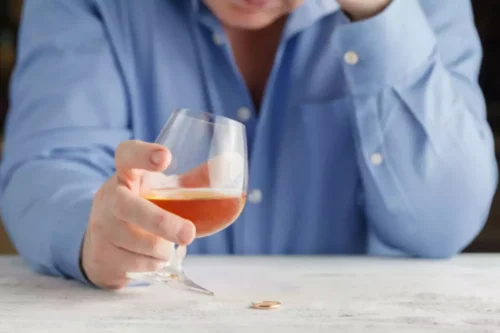
Also, since underage drinkers haven’t yet learned their limits with alcohol, they’re at far greater risk of drinking more than their bodies can handle, resulting in an alcohol overdose or alcohol poisoning when they binge drink. Mixing drinks, doing shots, playing drinking games, and natural teenage impulsiveness can all contribute to binge drinking and increase a young person’s risk for alcohol poisoning. However, occasional teen alcohol and drug abuse can quickly escalate into teen addiction and have an impact on your home life. It is crucial for parents to monitor social media use and the possible influence of media on their teenager. Advertising and social media do not have to be the enemy, research shows that alcohol warning advertisements and alcohol counter-advertising can reduce the urge to drink among young adults. Make sure that the ideals you are trying to teach your teenager are being positively reinforced by the advertising that is constantly bombarding your teenager in the media and on social media.
Setting Healthy Boundaries in Relationships
It is important to understand how substance abuse and the substance use disorders present themselves in young people compared to adults. It is a mistaken notion to assume that children and adolescents are simply miniature versions of adults. Due to incomplete development of a child/adolescent’s brain, and the level of experience in individuals under the age of 21, they are different from adults across numerous factors. While, binge drinking does not necessarily make you an alcoholic, it is one of the primary contributing factors to teenage alcoholism.

Binge Drinking
Adolescents who drink may fail classes, experience other academic or social problems, and may even deal with legal issues. You’ve found bottles of alcohol hidden in your child’s room and regularly smelled alcohol on their breath. You’ve noted the steep drop-off in their schoolwork, abrupt changes in their behavior, and the loss of interest in their former hobbies and interests. In addition, APA designates some general factors that increase the risk of alcohol use and abuse, which apply to younger individuals. Left untreated, alcohol overdose can lead to permanent brain damage or death.
Fluoride in drinking water poses enough risk to merit new EPA action, judge says

Binge drinking is defined differently depending on if someone is male or female. For males, it is defined as having five or more drinks on the same occasion at least one day in the past month. For females, binge drinking means having four or more drinks on the same occasion on at least one day in the past month. We surveyed 2,136 American adults who either wanted to stop drinking alcohol or had already tried to (successfully or not). We asked them about their alcohol use, reasons for drinking, alcohol-related outcomes, health and more. Adolescents are particularly vulnerable to the harmful effects of alcohol due to their developing brains and bodies.

Alcohol Abuse
Binge drinking is defined as consuming 4 or more alcoholic beverages in under 2 hours for women or consuming 5 or more alcohol beverages in the same amount of time for men. Binge drinking impacts the body, creating uncomfortable symptoms like vomiting, hangovers, headaches, and low energy. Sadly, teenage alcoholism 45% of 9th graders, 50% of 10th graders, 58% of 11th graders and 65% of 12th graders admit to binge drinking at least once. It is critical for teenagers to get information about alcohol use and abuse from trusted sources such as parents, teachers, coaches and other strong role models.
What to do if your child develops alcohol poisoning
The more we know about how alcohol affects the adolescent brain, the more we can inform the conversations about alcohol that we have with teens. Excessive alcohol use can harm people who drink and those around them. You and your community can take steps to improve everyone’s health and quality of life.
- Evaluate whether you recognize any of the following symptoms in yourself.
- “Simply put, the risk to health at exposure levels in United States drinking water is sufficiently high to trigger regulatory response by the EPA” under federal law, he wrote.
- It also allows adolescents to ask questions of a knowledgeable adult.
- For example, research demonstrates that the Internet and advertising, including that which occurs on social media, promote drinking behaviors in teenagers.
- Every year, about 600,000 college students between the ages of 18 and 24 are assaulted by another student who is drunk.
- If your teen struggles with drinking, you may find that they’re not the same person they once were.
- Other medical research has found that the prefrontal cortex is especially hit hard if an adolescent drinks while that brain region is developing.
- If your child shows signs of alcoholism, or changes in behavior due to increasing alcohol abuse, contact a treatment provider today.
- Get helpful tips and guidance for everything from fighting inflammation to finding the best diets for weight loss…from exercises to build a stronger core to advice on treating cataracts.
- It is important to understand how substance abuse and the substance use disorders present themselves in young people compared to adults.
- Many of these young people abuse alcohol due to social pressure or stress at school or home, and this abuse can lead to ongoing struggles with alcohol and other drugs later in life.
- Consider talking with someone who has had a problem with drinking but has stopped.
He ordered the EPA to take steps to lower that risk, but didn’t say what those measures should be. If you’re not sure how to get the conversation started, these tips from the Substance Abuse and Mental Health Services Administration (SAMHSA) may help. No matter what, be open-minded, well-informed, supportive, and an active and compassionate listener. It’s important to go over any issues you’ve discussed about the dangers of alcohol – and make sure you stick to the rules and consequences you’ve agreed. Listen, and then tell them what you’re feeling – whether that’s upset, angry, worried, disappointed, or anything else.
Who To Talk to







